Dr. APJ Abdul Kalam Birth Anniversary is celebrated on October 15th every years. Learn about his early life, education, presidency, contributions to science, and his legacy.
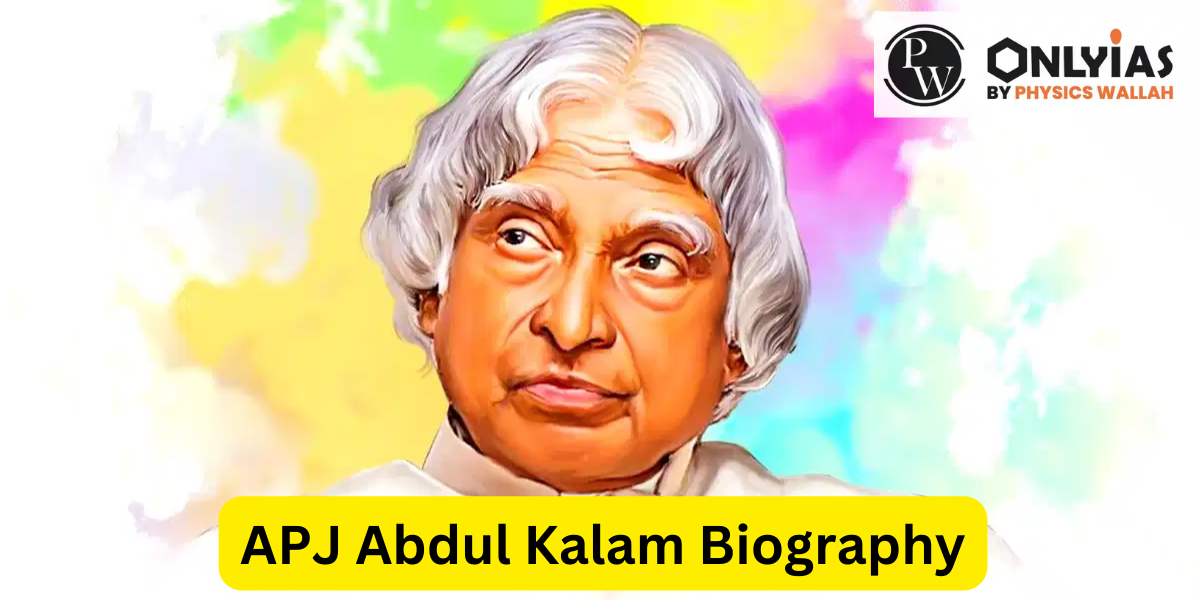
Dr APJ Abdul Kalam was the 11th President of India from 2002 to 2007. He was born on October 15, 1931, in Rameswaram, Tamil Nadu, and studied physics and aeronautical engineering. In 2002, he became India’s President After his term as President, Abdul Kalam went back to teaching, writing, and helping the public
Dr APJ Abdul Kalam, was an extraordinary scientist, visionary leader, and one of India’s most beloved personalities. Dr. APJ Abdul Kalam had a fascinating journey. He started by contributing to India’s space and missile programs and later became the President of India. Dr. Abdul Kalam’s life journey serves as an inspiration to millions around the globe. In this article, we will see the biography of APJ Abdul Kalam Azad.
Dr APJ Abdul Kalam, India’s beloved former President and eminent scientist, was born on October 15, 1931, in the island town of Rameswaram, Tamil Nadu, India. His birthday is often celebrated as Dr APJ Abdul Kalam Jayanti people especially students remember him and his contribution on the Abdul Kalam birthday. Here is a brief introduction about the Dr APJ Abdul Kalam;
Dr APJ Abdul Kalam Biography
APJ Abdul Kalam Full Name
Dr. Avul Pakir Jainulabdeen Abdul Kalam
APJ Abdul Kalam’s Birth
15 October, 1931
APJ Abdul Kalam Place of Birth
Rameshwaram, Tamil Nadu
APJ Abdul Kalam Death
July 27, 2015, Shillong.
He hailed from a simple family and faced numerous challenges in his early life. However, he had a strong desire for knowledge and an insatiable curiosity about science and technology.
Dr. APJ Abdul Kalam’s Birth Anniversary is celebrated on October 15th every year to honor the life and legacy of the “Missile Man of India.” Born in 1931 in Rameswaram, Tamil Nadu, Dr. Kalam was a renowned scientist, visionary, and the 11th President of India. Known for his pivotal role in India’s space and missile programs, he inspired millions with his humility, dedication, and passion for education. His birthday is also observed as World Students’ Day in recognition of his deep connection with students and youth.
Dr Abdul Kalam was born into a humble Tamil Muslim family in the temple city of Rameswaram, Tamil Nadu. His father, Jainulabdeen, was a boat owner and also served as an imam in a local mosque. In APJ Abdul Kalam family His mother, Ashiamma, took care of the household. Among his siblings, Kalam was the youngest, with four brothers and one sister.
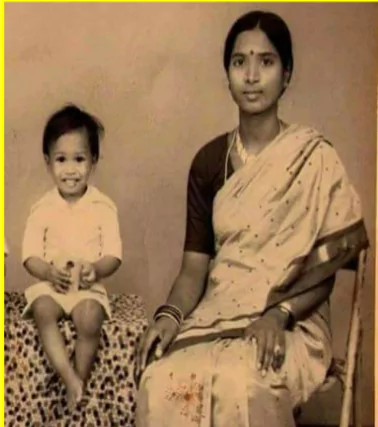
APJ Abdul Kalam with his mother House of Abdul Kalam in Rameshwaram
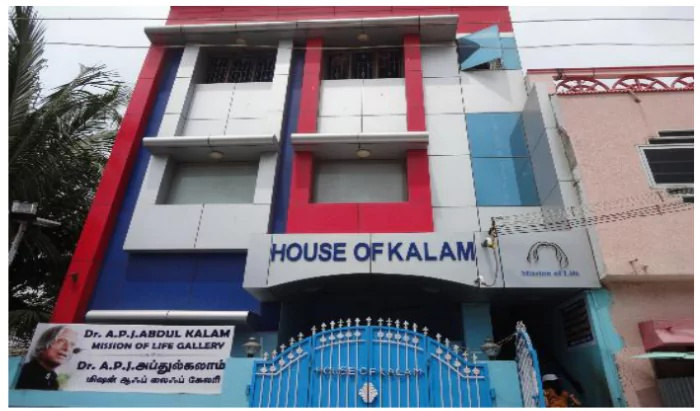
APJ Abdul Kalam childhood was not happy as other child had despite having ancestors who were once wealthy traders and landowners, Kalam’s family faced financial difficulties. The opening of the Pamban Bridge led to significant losses in their business of ferrying pilgrims and trading groceries. Consequently, Kalam’s family struggled to make ends meet, and at a young age, he had to sell newspapers to help support them.
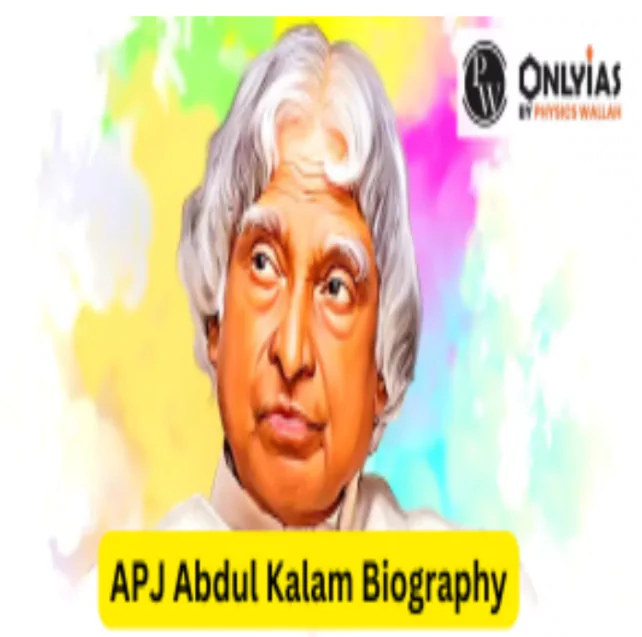
After graduation, he worked as a scientist for both the Defense Research Service in defense research and development organization (DRDO) in 1958 and later the Indian Space Research Organization (ISRO). He played a crucial role in India’s missile development program, making significant contributions to the development of ballistic missiles. He became known as the “Missile Man of India” for his significant contributions to India’s defense capabilities, particularly his work on the development of ballistic missiles like Agni and Prithvi.
In 1969, he moved to ISRO, where he served as the project director for India’s first satellite vehicle launch. The launch successfully placed the Rohini satellite into orbit around the Earth in July 1980.
Between the 1970s and 90s, Abdul Kalam played a crucial role in government projects, including LV and SLV. He led projects known as Project Devil and Project Valiant, aiming to develop ballistic missiles using technology from the successful SLV program.
Kalam successfully persuaded Indira Gandhi to allocate secret funds for these aerospace projects. His expertise and research during the 1980s earned both him and the nation significant acclaim.
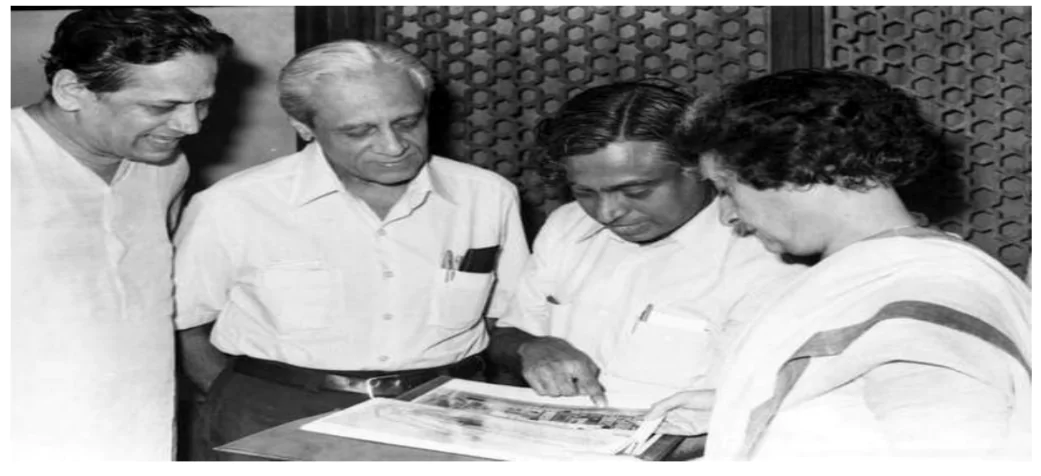
In the early 1980s, a program called the Integrated Missile Development Programme (IGMDP) began in India. It was managed by the Ministry of Defence and run by DRDO, along with other government groups. In 1983, Kalam was asked to lead this program.
The IGMDP had strong political support and aimed to work on four projects at the same time:
Dr Abdul Kalam did a great job leading IGMDP. They successfully created different missiles, including the main Prithvi missile in 1988 and the Agni missile in 1989. Because of his success in leading IGMDP, A.P.J. Abdul Kalam earned the nickname “Missile Man.”
In the late 1990s, he played a big role in the Pokhran-II, where India did five nuclear bomb tests in May 1998. After these successful tests, Kalam became a hero in the country, and the Prime Minister Atal Bihari Vajpayee said India is now a full-fledged nuclear state.
In 2002, Dr. Kalam’s remarkable journey reached its zenith when he was elected as the President of India, the highest office in the country. His presidency was marked by his commitment to empowering the underprivileged and engaging with the youth of the nation.
APJ Abdul Kalam served as the 11th President of India from 2002 to 2007. His presidency was characterized by a profound commitment to the welfare of the nation and a deep connection with the people. Kalam’s journey from being a renowned scientist to becoming the nation’s first citizen was a testament to his exceptional intellect, humility, and dedication.
During his term as President, Kalam was affectionately referred to as the “People’s President” due to his approachable and down-to-earth demeanor. He actively engaged with citizens, especially the youth, encouraging them to dream big and contribute to the development of the nation.
APJ Abdul Kalam demonstrated his boldness and courage on this designation. One of his most courageous acts as a president was signing the “office of profit”.
Throughout his career, Abdul Kalam received numerous awards and honors, including the Bharat Ratna, India’s highest civilian award, for his outstanding contributions to science and technology. Some of his Awards and Achievements are:
| Year of Award | Award/Honours |
| 1981 | Padma Bhushan |
| 1990 | Padma Vibhushan |
| 1997 | Bharat Ratna |
| 1997 | Indira Gandhi Award for National Integration |
| 1998 | Veer Savarkar Award |
| 2002 | SASTRA “Ramanujan Award” |
| 2007 | King Charles II Medal (Royal Society, UK) |
| 2009 | Hoover Medal by America |
| 2014 | Doctor of Science (Edinburgh University, UK) |
Even after his tenure as President, Dr. Kalam remained an influential figure, dedicating his time to mentoring students and encouraging scientific research. He believed in the power of innovation and technology as catalysts for societal transformation. Kalam’s contributions extended beyond national boundaries, as he actively engaged in global initiatives, promoting peace, sustainable development, and international cooperation.
Dr APJ Abdul Kalam wrote numerous books and essay some of them are as follow:
Tragically, on July 27, 2015, Dr. APJ Abdul Kalam passed away while delivering a lecture at the Indian Institute of Management, Shillong. His sudden demise was mourned by millions worldwide, and his loss was deeply felt by the entire nation. However, his legacy lives on, inspiring generations to dream big, work hard, and contribute to the progress of society. This day is remembered as Dr APJ Abdul Kalam Death Anniversary.
APJ Abdul Kalam’s life and achievements serve as a testament to the limitless possibilities that lie within each individual. From a modest background to becoming a revered statesman, his journey reminds us that determination, knowledge, and integrity can transcend barriers and create a lasting impact. Dr. Kalam’s vision for a developed India, his love for education, and his unwavering commitment to the nation continue to inspire and guide us, urging us to strive for excellence and work towards a brighter future.
Beyond his scientific accomplishments, Dr. Abdul Kalam possessed a deep sense of responsibility toward society, particularly the youth. He firmly believed that the progress and development of a nation are directly linked to the strength of its youth.
Abdul Kalam ardently advocated for investing in education, nurturing scientific temper, and fostering an entrepreneurial spirit among the youth. He traveled extensively, delivering lectures and inspiring students across the country, emphasizing the importance of education, hard work, and moral values.
Sign up for the PWOnlyIAS Online Course by Physics Wallah and start your journey to IAS success today!
Because of his contributions to the advancement of ballistic missile technology, he was referred to as the “Missile Man of India.” Kalam served as the Prime Minister’s Chief Scientific Advisor and the DRDO Secretary from 1992 until 1999. Kalam served as the Pokhran II tests’ Chief Project Coordinator.
Avul Pakir Jainulabdeen Abdul Kalam, better known by his full name A.P.J. Abdul Kalam, was an Indian scientist and politician who was instrumental in the creation of India’s missile and nuclear weapons programmes. He was born on October 15, 1931, in Rameswaram, India, and passed away on July 27, 2015, in Shillong. He presided over India as president from 2002 until 2007.
He had a strong work ethic and an aspirational nature. He desired to discover new things. He used to sit in the front row with his classmates since he took studies seriously. He expressed great pride in his initial earnings, demonstrating his desire for independence.
The former president of India, Dr. APJ Abdul Kalam, is referred to as the “Missile Man of India” for his work on the Prithvi and Agni missile projects. He was also a key contributor to the creation of the first domestic satellite launch vehicle.
Dr APJ Abdul Kalam is known as the missile man of India.
The full name of APJ Abdul Kalam is Avul Pakir Jainulabdeen Abdul Kalam.
Abdul Kalam is famously known as the "Missile Man of India."
APJ Abdul Kalam is known as the Missile Man of India.
Dr. APJ Abdul Kalam is often referred to as the "Father of the Missile."
APJ Abdul Kalam served as the 11th President of India.
Tessy Thomas is known as the missile woman of India.
No, APJ Abdul Kalam was not married.
One of APJ Abdul Kalam's famous quotes is "Dream, Dream, Dream. Dreams transform into thoughts and thoughts result in action."
APJ Abdul Kalam studied at Madras Institute of Technology, Chennai.
APJ Abdul Kalam served as President of India once.
The date of Abdul Kalam Jayanti is October 15th.
Tessy Thomas is often referred to as the missile mother of India.

<div class="new-fform">
</div>